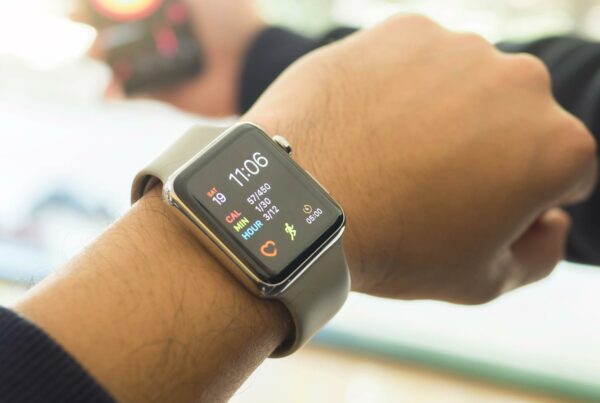Even though not all EHRs are made equal, clinics can benefit from an interoperable EHR that correctly handles administration, data management, and patient interactions.
The development of Artificial Intelligence (AI) is creating new opportunities for Electronic Health Records (EHRs). Historically, physicians have seen EHRs as a time-consuming impediment; nevertheless, developments in automation have expanded the technology’s usability. The prediction for EHRs is beginning to shift, with AI leading the way.
Handling triage virtually
The epidemic has confronted physicians with virtually engaging a rising patient group. However, virtual solutions have yet to discover a method to mimic the triage process without the right technology, which can present data problems. During triage, patients talk separately with the administration, nurse, and doctor and gather data. Instead of dealing with administrators and nurses, telehealth patients directly talk to the provider.
Although a direct link to the health care provider might be advantageous for patient efficiency, gathering and maintaining data can make it more challenging. For example, providers that rely on traditional meeting services or outdated technology must manually enter data into their EHR and trust that their existing tools and remote administrators can manage to invoice effectively. In contrast, an EHR coupled with AI may automatically handle back-end data input. This automation allows physicians to deliver better short-term treatment and see more patients in less time. In addition, the time saved on data input can be used to improve patient outcomes.
Better managing less severe patients
Telemedicine was first developed for low-acuity care, but its general use did not occur until the COVID-19 pandemic. Although the technology remained stationary for decades, telemedicine is now essential for treating coughs, colds, and other illnesses. In addition, AI is bridging the gap between patient demand and physician time in response to a growing patient population and a shrinking number of available providers.
By incorporating AI into EHRs, patients of lower acuity can receive treatment at home, no longer risk getting COVID-19 while seeking treatment, and receive care more conveniently. Because telehealth may be available during off-hours, individuals with low acuity do not need to schedule their day around doctor’s appointments. Instead, they may book a virtual session at a convenient time. With AI managing the back end of low-acuity care, doctors may attend meetings, treat patients, and quickly see other patients.
Although these patients are discouraged from visiting in-person clinics owing to the risk of contracting the COVID-19 virus, AI-enhanced EHRs enable them to obtain quality care. This is also advantageous for providers. Because individuals treated themselves before the pandemic, clinicians were less likely to gain income from patients with low acuity. In addition, telemedicine services encourage people to work with their primary care physicians to diagnose and treat issues.
While telemedicine provides patients with at-home, socially-distant access to a physician, AI sends automated reminders to assist them in adhering to their therapy. For example, the software informs patients when to take their medications, relax, and contact a real doctor.
Optimal AI Integration
AI integration in EHRs can potentially improve the clinical workflow for patients and physicians. However proper implementation is necessary for optimal outcomes. A successful AI integration offers healthcare teams the appropriate data for decision-making based on their existing patient groups. This data describes where patients are in their care lifecycles and informs physicians whether telemedicine or in-person treatment would be more beneficial.
It is also vital to remember that AI can minimize the number of non-essential jobs requiring human labor. Clinics should assess if their teams spend more time on data input or administration. AI is an asset, not a hindrance, to patient care. However, interoperability is the most crucial aspect of effective AI integration.
COPE Community Services in Tucson, Arizona, is already utilizing AI-driven interoperability. As it already possessed an interconnected network of IT solutions, it was able to build a vital telehealth service immediately when the pandemic occurred. Covid-19 compelled nationwide clinics to incorporate telehealth rapidly, a difficult task in a sector notorious for its poor embrace of technology. However, COPE’s robust interoperability placed them ahead of the curve. Thanks to the technology’s cohesion and AI-driven nature, COPE is one of the only clinics that did not see a decline in income after the outbreak. During the initial months of the COVID epidemic, COPE’s billing increased though other clinics reported a 65% to 70% decline in billable hours.
Before COVID-19, the healthcare providers and patients were unprepared for the AI revolution. However the use of AI in health care is increasing every day, step by step. Clinics that are adapting and learning are more likely to see positive long-term outcomes. AI is a significant agent of societal transformation, and the healthcare business is one to keep an eye on.














